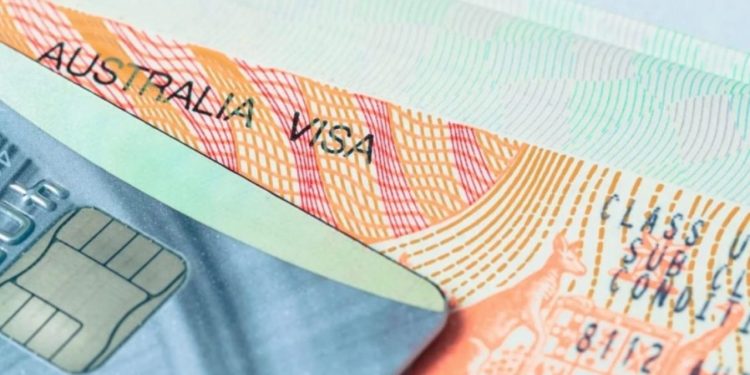The Albanese Government’s 2023-24 permanent Migration Program will maintain a quota of 190,000 places, prioritizing the Skill stream, which will receive approximately 70% or 137,100 spots.
This emphasis on skilled migration aims to meet Australia’s long-term skill requirements. The net overseas migration is projected to reach up to 400,000 places this year and 315,000 in 2023-24. However, migration patterns are expected to gradually return to normal from 2024-25 onwards.
Skilled Migration gets priority
The budget outlines the government’s goal of addressing skill shortages through the migration system. Around 70% of places in the 2023-24 Permanent Migration Program will be allocated to the Skill stream, while partner and child visas will continue to be demand-driven.
To attract skilled migrants that complement the Australian workforce, the government plans to raise the Temporary Skilled Migration Income Threshold (TSMIT) from $53,900 to $70,000 starting from July 1, 2023.
Home Affairs Minister Clare O’Neil recently revealed extensive modifications to nearly all visa categories based on a review highlighting the need to attract highly skilled individuals to the country. To address these concerns, the government proposed significant changes, such as eliminating outdated occupation lists, scrapping the points test for skilled visas, and establishing a primary temporary skilled pathway to fulfil Australia’s core skill requirements.
How does it affect international students?
From 1 July 2023, international student visa holders will see the reinstatement of the work hour cap previously removed due to the pandemic. The cap will now be set at 48 hours per fortnight, which is an increase of 8 hours from pre-pandemic levels. However, until 31 December 2023, international students working in aged care will be exempt from this limit.
The government’s migration strategy aims to enhance the job readiness and outcomes of international students. One way to achieve this is by offering faster pathways to permanent residency for skilled graduates, thereby reducing their time on bridging visas.
Additionally, select degree holders on Temporary Graduate visas will receive an extra two years of post-study work rights, with the intention of improving the supply of skilled labor in critical sectors.
Permanent Residency – improved pathways
The budget introduces clearer pathways for Temporary Skill Shortage (TSS) visa holders, allowing those on the short-term stream to access permanent residence options through the Employer Nomination Scheme (subclass 186) visa.
Restrictions on the number of onshore renewals for short-term TSS visas will also be eliminated. Presently, over 173,000 migrants have resided in Australia for at least five years on temporary work or student visas.
Higher visa application costs
Starting from July 1, 2023, the government plans to raise Visa Application Charges (VACs) by 6%, in addition to regular indexation. The Visitor 600 visa application fee for tourists will increase by $40, raising the cost from $150 to $190.
International students applying for the Student 500 visa will face a fee increase of $65, from $650 to $715. Backpackers applying for the Working Holiday visa will see a $130 increase, raising the fee from $510 to $640. The Pacific Engagement Visa and Pacific Australia Labour Mobility scheme visas are exempt from these increases.
These adjustments are projected to generate $100 million in 2023-24 and $665 million over five years for the government.
The government plans to introduce a detailed migration policy later this year.











